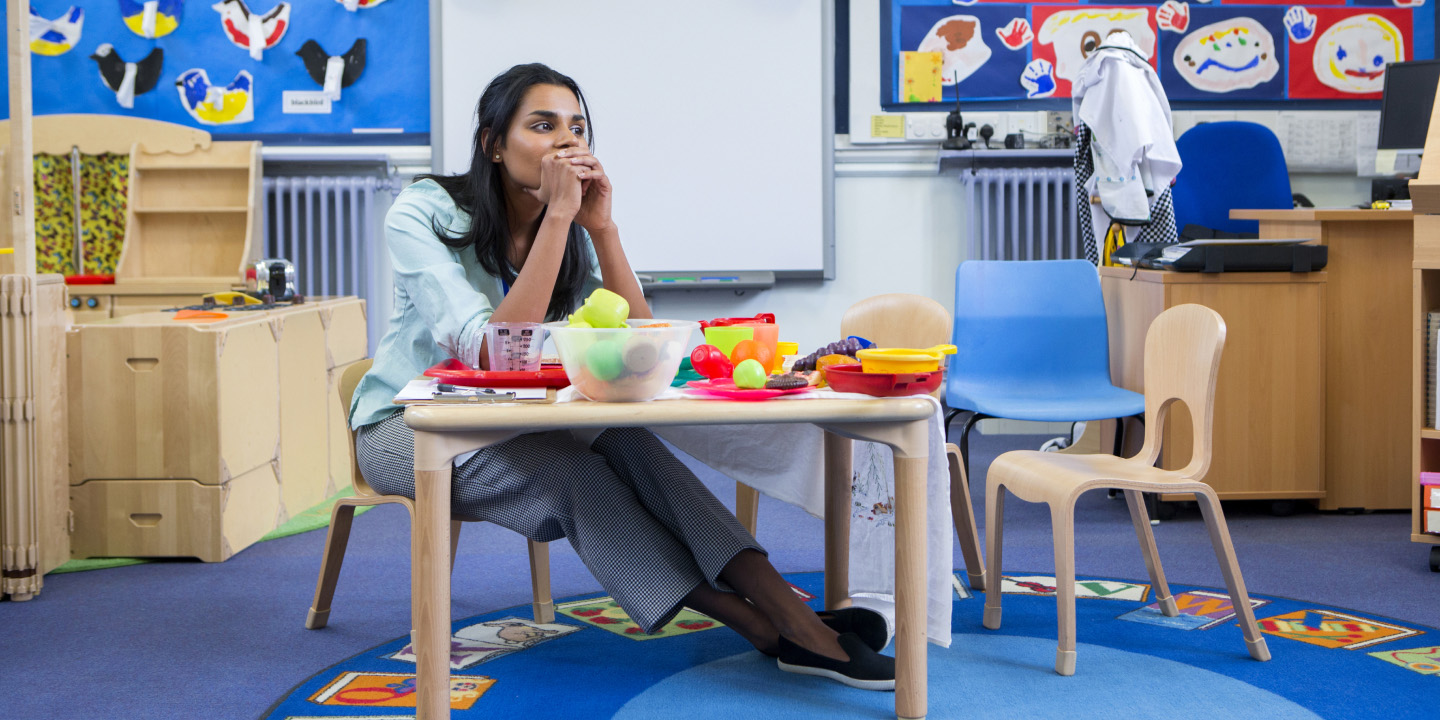
Australian teachers report high stress levels
Research 18 Aug 2020 5 minute readAustralian teachers report comparatively high levels of stress in their jobs, particularly in disadvantaged schools.
Data collected before the onset of the global coronavirus pandemic show that 58 per cent of Australian teachers were already feeling ‘quite a bit’ or ‘a lot’ of stress in their jobs – higher than the OECD average of 49 per cent.
The findings come from the OECD Teaching and Learning International Survey (TALIS), which has collected internationally comparable data on the learning environment and the working conditions of teachers and principals in schools across the world every five years since 2008. The most recent survey included a new series of questions on how much stress teachers experience in their work
The Australian Council for Educational Research (ACER), which conducts TALIS in Australia on behalf of the Commonwealth and state and territory departments of education, released its second volume of findings from TALIS 2018 on Friday.
Discussing the results in Teacher magazine, ACER Deputy CEO (Research) Dr Sue Thomson noted that, out of all 48 participating countries, Australia had the largest difference in stress levels between teachers working in schools with high concentration of disadvantaged students compared to those working in schools with low concentration of disadvantaged students.
On average across participating OECD countries, 18 per cent of teachers from the less disadvantaged schools reported ‘a lot’ of stress, compared to 20 per cent of teachers from more disadvantaged schools – a difference of two percentage points. In Australia, the differenced widened to 10 percentage points, with 21 per cent of teachers in less disadvantaged schools and 31 per cent of teachers in more disadvantaged schools reporting 'a lot' of stress.
According to Dr Thomson, higher levels of stress were also more prevalent among:
- female teachers (26 per cent reported ‘a lot’ of stress) compared to male teachers (20 per cent)
- teachers aged under 30 years (30 per cent reported ‘a lot’ of stress) compared to teachers aged over 50 years (19 per cent)
- teachers at publicly managed schools (28 per cent reported ‘a lot’ of stress) compared to privately managed schools (20 per cent).
TALIS also investigated the sources of teacher stress and classified them into three groups: workload stress, student behaviour stress and stakeholder relations.
In terms of workload stress, compared to the OECD average, a lower proportion of Australian teachers reported ‘having too much lesson preparation’ or ‘having too many lessons to teach’ as a major source of stress. A higher proportion of Australian teachers reported ‘having too much marking’ and ‘having too much administrative work to do’ as a major source of stress.
Australian teachers were less likely than teachers on average across the OECD to report student behaviour or discipline, or being held responsible for student achievement as a major source of stress. They were also less likely to report parent/guardian relations or keeping up with regulatory changes as major sources of stress.
Dr Thomson notes that teachers who report experiencing a lot of stress are more likely to want to leave teaching within the next five years.
‘This year has put enormous pressures on teachers and schools worldwide. While not being able to provide data on the current state of stress amongst teachers and school leaders, data from TALIS 2018 are able to highlight some of the key areas for teacher stress in previous times,’ Dr Thomson writes.
‘The significant number of teachers experiencing stress in combination with the large proportion who feel unvalued presents a potentially worrying picture for Australian schools.’ ■
Read the full article:
‘Stress levels among Australian teachers’, written by Sue Thomson and published in Teacher magazine, is available at www.teachermagazine.com.au/columnists/sue-thomson